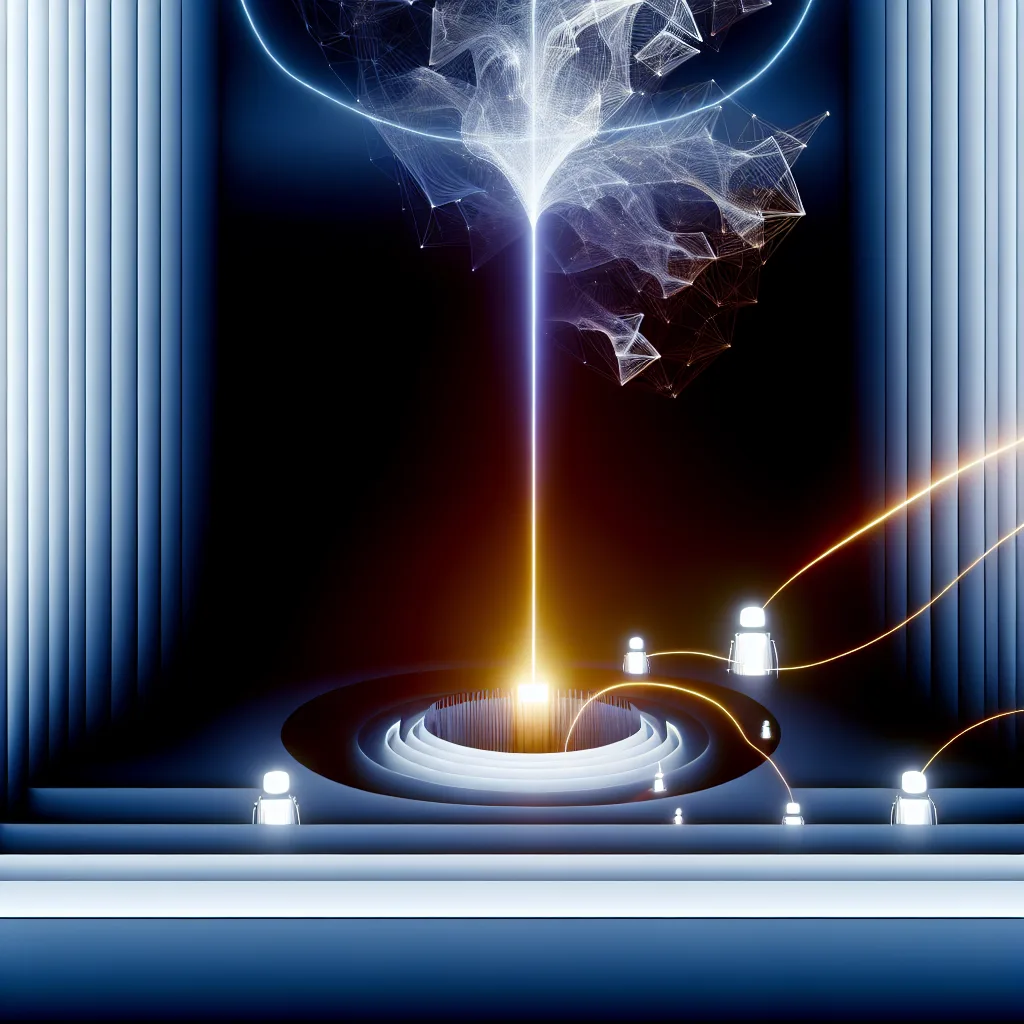A look at the long-term demand for AI hardware and whether the current boom is built to last.
It feels like you can’t scroll through a tech news feed without seeing some mind-blowing new AI model. And right behind those headlines is the engine driving it all: a massive, seemingly endless demand for powerful hardware like GPUs. This has everyone wondering the same thing: Is this a temporary gold rush, or is this insatiable appetite for hardware here to stay? It’s a great question, and it gets to the heart of the future of AI hardware.
I’ve been thinking about this a lot, trying to figure out if we’re in a bubble that’s bound to stabilize, if not pop. To get my head around it, I started thinking about other tech booms.
The Cloud Analogy: A Flawed Comparison?
My first thought was cloud computing. Remember the early days of AWS, Azure, and Google Cloud? The growth was explosive. Companies everywhere were migrating from their own server closets to the cloud. They needed a massive amount of initial infrastructure, let’s call it X. Once that was built, the growth continued, but at a much slower, more predictable rate.
You could argue AI will follow the same path. Right now, everyone is scrambling to build the foundational infrastructure. Once that’s in place, surely the demand for new hardware will slow down, right?
But I’m not so sure it’s a perfect comparison. With the cloud, you’re often just renting space and processing power for relatively static applications, like a company website or a database. With AI, the task itself is constantly getting more demanding. The AI models of today are already giants compared to what we had just two years ago, and this trend isn’t slowing. Building the infrastructure isn’t a one-and-done deal; it’s more like trying to build a road for cars that get twice as fast every year. As Gartner reports, cloud spending continues to grow, but AI is adding a whole new layer of demand on top of it.
The Smartphone Model: A Better Fit for the Future of AI Hardware
So, what’s a better analogy? I think it’s the smartphone.
Think about it. Pretty much everyone who wants a smartphone has one. The market is saturated. And yet, Apple and Samsung still sell hundreds of millions of new phones every year. Why?
- The Upgrade Cycle: A three-year-old phone still works, but a new one has a much better camera, a faster processor, and new features you suddenly can’t live without.
- Performance Ceilings: App developers create software that takes advantage of the latest hardware, making older phones feel slow and obsolete.
- Constant Innovation: Companies are in a relentless race to release the next big thing.
This feels a lot more like the AI hardware space. A top-of-the-line GPU from NVIDIA a few years ago is already struggling to keep up with training the newest large language models. To stay competitive, companies have to keep upgrading. The pace of innovation is staggering. Just look at the leaps in performance between GPU architectures that companies like NVIDIA announce; the improvements aren’t incremental, they’re exponential.
So, What Really Drives Long-Term AI Hardware Demand?
When you combine these ideas, the long-term picture becomes clearer. The demand isn’t just about building a static amount of infrastructure. It’s driven by a cycle that feeds itself.
First, there’s the fundamental difference between training and inference. Training is the super-intensive, hardware-heavy process of teaching an AI model. That’s where a lot of the current demand is. But inference—the act of using the trained model to get an answer, generate an image, or power an app—is a much larger, ongoing cost. As AI gets integrated into everything from our search engines to our cars, the need for efficient inference hardware will be continuous and massive. You can read a great primer on the difference here on IBM’s blog.
Second, as the hardware gets more powerful, developers will create even bigger, more complex AI models that require… you guessed it, more powerful hardware. It’s a feedback loop. We’re not building towards a finish line where we have “enough” AI. We’re building a racetrack where the cars are constantly being redesigned to go faster.
So, will the demand fall off a cliff once the initial infrastructure is built? I don’t think so. It might not maintain the frantic, vertical climb we’re seeing today, but it’s likely to settle into a strong, sustained growth cycle, much like smartphones. The business of AI hardware isn’t just about selling picks and shovels for a temporary gold rush; it’s about building the engines for a whole new economy. And those engines will always need an upgrade.
